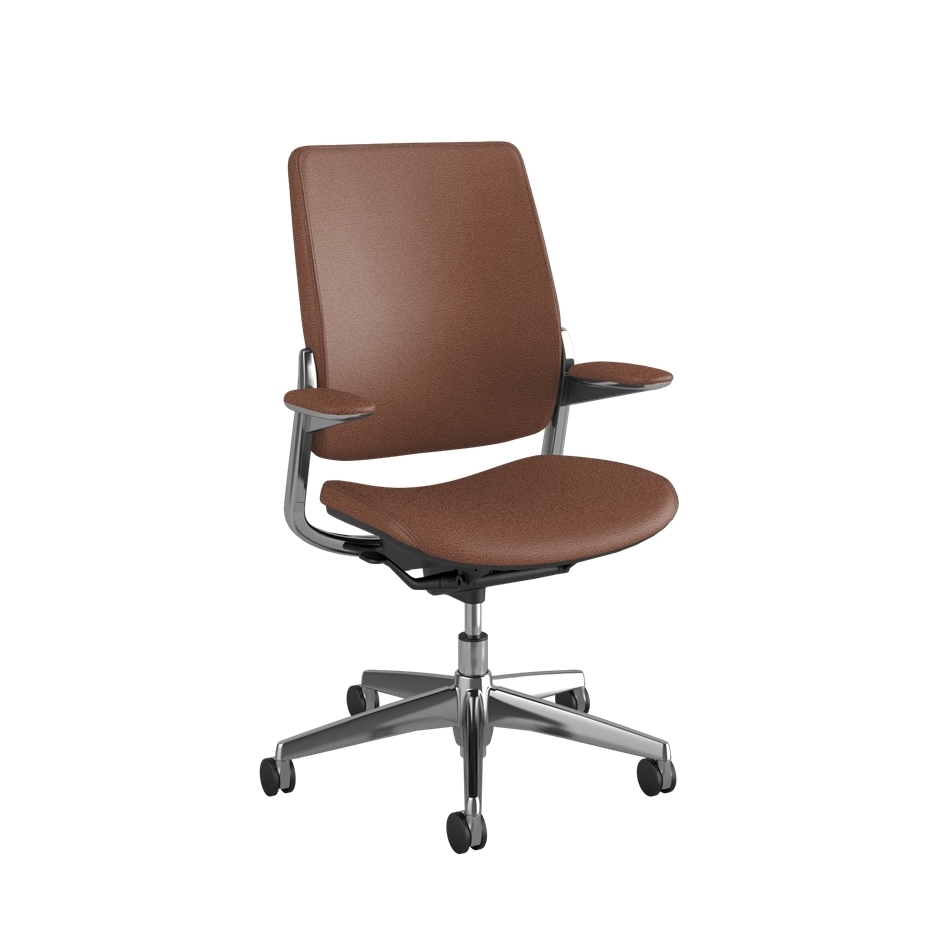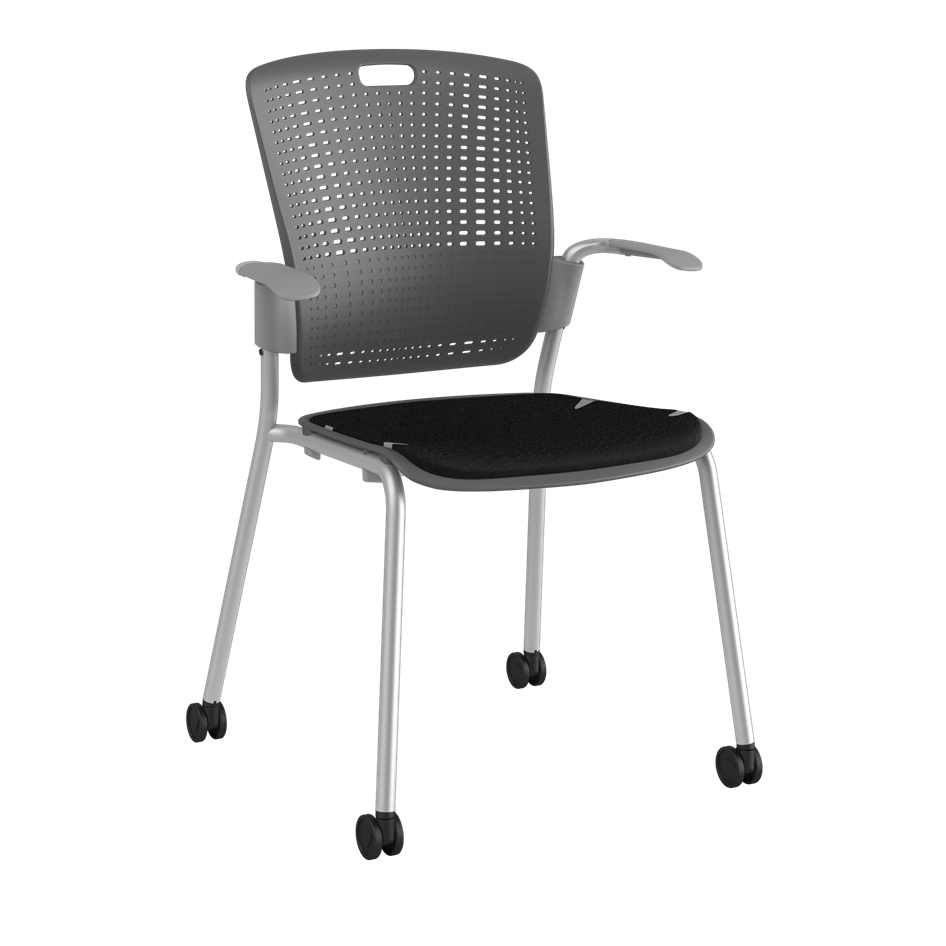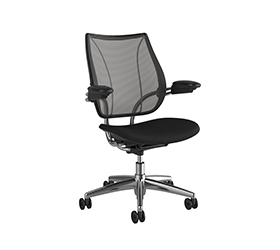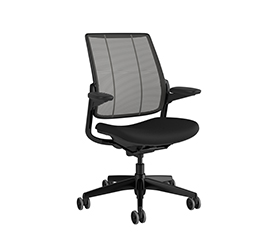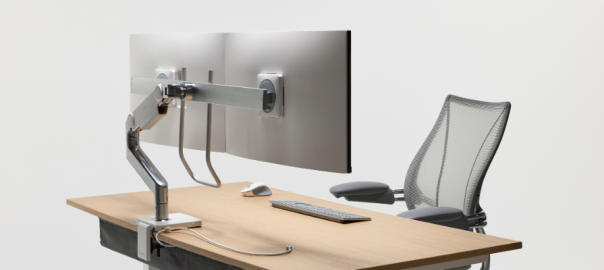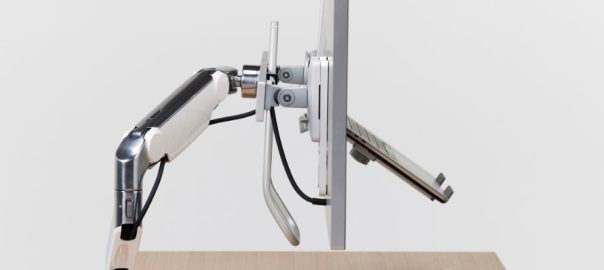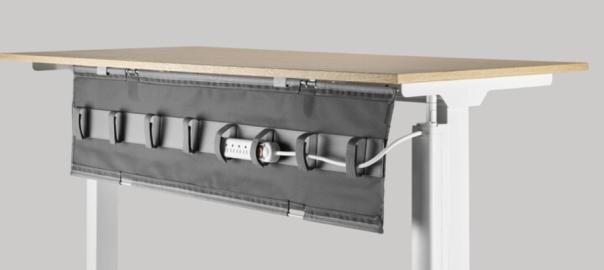The Impact of Poor Workplace Design on Employee Health and Productivity
Do you know that 4 in 5 Indian employees 1 experience work-related musculoskeletal disorders (WMSD) while working from home?
When working, you become so involved in the task at hand that you neglect how your body feels. You push through just to complete the next task, which becomes one more task and another. Before you know it, you’ve worked for a long stretch of time with improper posture and no breaks in between to realign. Slumping in your chair, squinting at your screen, or reaching for the keyboard with a crick in your neck – these common habits can wreak havoc on your posture.
Workplaces have changed a lot over time, from having many small offices to having one big open space, and now some even have games like foosball and ping-pong. While office trends come and go, one thing remains constant is the impact of workspaces on people’s health and efficiency.
Thanks to ergonomic products, you can revamp your workspace with a few tweaks and see a significant boost in your health. Ensuring ergonomic work environments elevates productivity while neglecting ergonomics can lead to increased absenteeism, higher medical costs, and decreased output due to discomfort and injuries. This science-backed approach isn’t only about fancy chairs but also about building a comfortable and productive work environment.
The Impact of Ergonomics on Productivity
Here is how ergonomics in the office helps increase productivity and prevent ergonomic hazards:
Deliver Optimal Results
A report suggests that the loss of productivity results in a massive financial impact for companies—a staggering $1.8 trillion every year2. The number is overwhelming; if you don’t realize how ergonomics in the office helps increase productivity, you may end up being part of the statistics. Admittedly, numerous factors hamper workplace productivity. However, injuries due to inferior workplace equipment and furniture are among the primary contributors.
Tired, frustrated, and in pain employees are not productive workers. Fortunately, ergonomics in the office helps increase productivity by enabling you to complete tasks easily as it reduces repetitive movements and optimizes posture.
For instance, ergonomic keyboards help you type faster and with fewer breaks, ergonomic office chairs let you work while maintaining the natural S-curve of the spine, and computer monitors let you focus on PC screens for longer periods without sustaining headaches. All these help boost your productivity.
If your team feels comfortable, healthy, and engaged, they’ll be more efficient when completing tasks. Efficiency is critical for enterprises of all shapes and sizes, as it helps employees get more done during their workday. A study3 highlights that employees who use height-adjustable sit and stand-up desks are 45% more productive than those with traditional, seated desks. If your team is efficient, you can hand them over more tasks, and have them get through their work faster. This eliminates the need for hiring new employees or shooing away customers to your competitors because you don’t have the capacity to serve them.
Read More: Standing Desk vs Ergonomic Chair! Let’s Find Your Ideal Setup
Enhancing Employee Engagement
Employees need to feel relaxed and comfortable in their work settings to produce their best work. After all, there must be concrete reasons why someone would travel for 30 minutes twice a day to work when they could do the same job from home.
Incorporating ergonomics in the office helps increase productivity and thereby boosts employee engagement. If you make some ergonomic changes at work, your team will get more engaged than ever. Part of this comes down to comfort as well as health. The more dedicated your team is, the more aligned they are with your business mission and goals. Plus, they’ll serve clients better and happily represent the larger organization.
However, the odds of such a situation decrease if you don’t install ergonomic office furniture. Your team will feel undervalued and not contribute to the business’s success story. In fact, about 6 in 10 employees 4 are “quiet quitting” as they mentally disengage from work even if they are physically present or logged into their systems.
If employees’ backs hurt from bending over to pick up any object, they won’t be as productive. Similarly, they’ll be less engaged if they get distracted by worrying about work-related health risks. If they need to spend significant time roaming around as their workspace gives them a hard time, they won’t be as engaged as somebody with a workstation, including, for instance, a saddle chair.
Recognizing how ergonomics in the office helps increase productivity can reduce absenteeism, and boost employee morale and involvement.
Read More: Why Companies Are Embracing Ergonomics in the Workplace?
Reduce Repetitive Tasks
Repeating tasks frequently is common in offices, and almost every employee often commits this mistake. This, combined with other issues such as awkward posture, and higher fatigue, causes a rise in unnecessary movements like moving your neck and arms frequently. Consequently, fatigue levels increase, hindering the work process.
When the human body feels uncomfortable, it makes frequent and unnecessary motions. This is natural. However, the right ergonomics in the office helps increase productivity to a considerable extent. So that, employees can efficiently work and maintain higher productivity levels.
Fewer Errors While Working
If you keep adjusting your workspace to suit you, you might not have enough energy left for your work, causing more mistakes and taking longer to finish tasks. When you feel uncomfortable due to improper posture or ill-fitting equipment, you get fatigued and lose concentration. This leads to typos, inaccurate data entries, and overlooking critical details you would’ve otherwise not made.
For instance, basic mistakes when running machinery could cause raw material wastage or serious on-site injuries. On the flip side, errors when calculating, measuring, and performing other industrial tasks hurt product quality. You can avoid all these by understanding how ergonomics in the office helps increase productivity.
A well-designed workspace, including proper desk and chair height, can reduce fatigue and strain, helping to maintain mental sharpness and focus throughout the workday. People who work in ergonomic workstations focus better on what they’re doing at the moment without being distracted by discomfort. Reduced discomfort translates to fewer distractions, leading to more accurate decision-making and fewer errors.
As such, ergonomics in the office helps increase productivity, especially in IT sectors where employees often have to sit for extended periods, as well as in industries where workers engage in physically demanding tasks.
Work With a Happier Mood
You might think that the nature of your job is the only reason you feel anxious and stressed throughout the workday. While your job responsibilities are to blame, they aren’t the only thing impacting your mental health. Work settings and poor ergonomics also play a pivotal role in hampering your mental health.
Sitting in a rigid chair or working in an awkward posture for long hours can drain energy levels5, leaving you agitated and edgy. Despite no direct connection, ergonomics in the office helps increase productivity by keeping your mental health intact.
For instance, standing desks help you overcome the adverse consequences of sitting for prolonged durations. The muscles of your lower extremities will remain more engaged and not get tired easily. You’ll feel fresher and more active and thus work with more enthusiasm and energy.
Besides, stress and pressure on the spine can lead to headaches and migraines. Constant headaches and migraines keep you away from working at full throttle and meeting deadlines, crushing you under more stress. However, ergonomic chairs let you work with ease and deliver all the tasks on time. It provides support to your back and prevents pain across the neck, lower back, and shoulders.
Read More: 10 Most Common Misconceptions About Ergonomic Furniture
Creating an Ergonomic Workspace
Everyone is built differently, and hence, the standard office system isn’t the “right fit” for some people. Setting up an ergonomic workstation tailored to you helps improve the comfort, safety, and quality of work. Here is how you can create an ergonomic workplace and realize how ergonomics in the office helps increase productivity.
Start With the Chair
Choose an adjustable chair to maximize your comfort and well-being. Look for features like lumbar support, customizable seat height and depth, and adjustable backrest and armrest heights. These benefits of ergonomic chairs will help you maintain the natural “S” curve of the spine.
Adjust the chair height so that your knees bend at a 90-degree angle with feet flat resting on the floor or a footrest. Besides, keep a gap of 2-4 fingers between the edge of the seat and the back of your knees.
Place Keyboard and Mouse Correctly
The keyboard should be positioned at elbow height, with wrists kept straight while typing. This will keep your shoulders relaxed. Look for an adjustable keyboard holder for ideal positioning. Similarly, the mouse should be within easy reach. Purchase a mouse that fits your hand comfortably and explore the vertical model to reduce wrist strain.
Adjust the Monitor Height
Place the monitor at an arm’s distance, with the top of the screen at or slightly below eye level. This prevents neck strain from constantly looking up or down. Consider ergonomic monitor stands or adjustable arms for optimal placement.
Take Timely Breaks
Sitting for extended periods can be detrimental, and in today’s era, “sitting is the new smoking“. Consider a standing desk that lets you switch between standing and sitting throughout the workday. Additionally, take frequent micro-breaks—of 5-10 minutes—to stretch and move around.
Lighten Up
To minimize eye strain, ensure adequate lighting and minimize glare on your computer screen. Adjust overhead lights as needed. Natural light is ideal, but if you can’t manage it, include an adjustable desk lamp on your work desk.
By implementing these tips, you can reduce stress on your body, safeguard your muscles and joints, and naturally incorporate movement throughout your workday. This improved ergonomics in the office helps increase productivity.
Read More: Ergonomic Workstation Setup: Complete Guide
The Cost-Effectiveness of Ergonomics in Workplaces
Many people think that ergonomic office products are expensive, so they unknowingly compromise on workstation quality. However, ergonomics delivers a surprising return on investment (ROI) for businesses which are as follows:
Reduced Workers’ Compensation
Improper posture and repetitive tasks at work lead to work-related musculoskeletal disorders (MSDs), which cost organizations a lot of money. They also make up about 30% of all workers’ compensation expenses6.
Ergonomic office solutions help keep these injuries by optimizing workstations and saving companies substantial amounts on medical expenses, legal fees, and lost input due to absences. In fact, ergonomic solutions reduce an employer’s direct and indirect workers’ compensation costs by 60-90%7.
Reduced Absenteeism
According to a survey, about half a million employees had a musculoskeletal condition during 2021-2022, translating to 6.6 million working days lost 8. Discomfort and injuries can keep employees at home. Absenteeism like planned and unplanned leave(s) taken due to mental health reasons carries both direct costs (like paid sick leaves) and indirect costs (including lost productivity and the cost of finding temporary replacements).
In 2022, it was projected that Indian employers would incur approximately 1,100 billion Indian rupees due to poor mental health among employees. Of this total cost, about 510 billion Indian rupees were attributed to employee presenteeism, while absenteeism accounted for 140 billion rupees 9.
Ergonomics office solutions help minimize these issues, reducing missed workdays and fostering a more consistently present workforce. Simply put, this means less disruption and ensures projects stay on track.
Read More: How To Improve Ergonomics In The Workplace?
Conclusion
As you can see, investing in ergonomic office furniture and equipment is a clear choice. The above points elaborate on how ergonomics in the office helps increase productivity. While it requires some upfront costs, the long-term benefits far outweigh the price tag.
Reduced fatigue, better posture, and fewer aches all facilitate a healthier, happier, and more productive workforce. Ultimately, that means a healthier bottom line for the business.
So, now you know the impressive benefits of ergonomics in the workplace, it’s time to take action! Start by making small, achievable changes. Get creative with how you can improve your workspace setup. Watch your productivity climb as you implement these ergonomic adjustments!


